Social media has emerged as a powerful marketing tool for businesses. 90% of brands use social media to boost brand awareness. Whereas, 77% of them depend on social media to manage their brand reputation and 61% of them use it to drive sales.
It’s clear that social media, for businesses, is now an essential part of their marketing strategy. But do you know why?
A majority of consumers use social media for product research and to connect with brands. According to a report by GlobalWebIndex, 46% of 16-24 year olds conduct product research on social media.
Therefore, not being active on social media is no longer an option for brands. The question is how you can do it effectively.
Table of Contents
How to Use Social Media For Business Growth
There is more to social media than sharing the latest updates about your life. Social media for business is a whole different ball game. If you’re new to using social media for business purposes, you may feel like a fish out of water. But we’ve got some tips and tricks to get you started.
Let’s take a look at some of the best ways to leverage social media for business growth.
#1: Diversify Your Social Media Presence
When you’re using social media for business purposes, you need to be proactive.
You should build your presence on multiple social media platforms to enhance your brand’s reach. Being active on just one social media platform may limit your reach in terms of audience demographics.
Secondly, your business’ presence on various channels can help you enhance your online visibility and strengthen your search engine rankings.
Some of the most popular platforms that a majority of businesses use include Facebook, Twitter, Instagram, LinkedIn, and YouTube. Pinterest is also gaining traction these days.
While each platform has something to offer, it is nearly impossible to manage all of the platforms effectively. As they say, there’s no point being a jack or jane of all trades, master of none.
So, you should choose the social media platforms that are best for your business and build a strong presence on them.
To discover the right platforms for your business, you first need to answer some basic questions such as:
- Which of the following categories does your business fall in – B2B, B2C, or both?
- Who is the target audience of your business?
- Which platforms does your target audience use?
- Do your competitors also use these platforms?
Once you learn the answers to these questions, it will be easier to figure out which social media platforms you should target for your business.
According to Statista, Facebook tops the list as a preferred platform for both B2B and B2C marketers. LinkedIn is another major platform B2B businesses should focus on.
The below graph can help you understand which social platforms B2B and B2C businesses should use.
Image via Statista
If you are doing B2C marketing, say for example in the restaurant industry or fashion industry, Instagram and Facebook are two ideal platforms. Likewise, if you have a business agency or an institution, LinkedIn could help.
You should build and maintain your online presence on platforms where your target audience is active.
According to a survey by the Pew Research Center, 73% of US adults use YouTube. The survey segregates social media users by their demographic groups.
Image via Pew Research Center
#2: Define Social Media Goals
The key to social media marketing success for your business lies in setting up appropriate social media goals and KPIs. Without a clear understanding of your business goals, it is difficult to measure and optimize the effectiveness of your social strategy.
You should clearly state what you want to achieve from your social campaigns. Some of the most common social media for business goals include:
- Building brand awareness
- Managing brand reputation
- Increasing community engagement
- Increasing sales
- Driving more traffic
Image via Hootsuite
Setting goals is crucial to social media success for your business. So, you should focus on setting goals that are S.M.A.R.T., which means:
-
- Specific: Your aim should be specific and you should focus on a single goal at a time. For example, you want to grow your Instagram followers.
- Measurable: Define goals you can measure. For example, you want to double the number of your Instagram followers.
- Attainable: Is is practically possible to achieve your goal? Think realistically whether it is possible for you to double the number of your Instagram followers under the present circumstances.
- Relevant: Your social media goals should be aligned with the objectives of your business.
- Time-based: Always set a deadline for meeting your social media goals. For example, you want to double the number of your Instagram followers in two months.
#3: Competitor Analysis
It is always wise to perform a competitor analysis to identify which strategies are working well for your competitors. You can analyze which strategies they use to attract customers on social media, what kind of content they post, and which keywords they target.
As it is a time consuming task, I recommend that you use appropriate tools to make the job easier for you. SpyFu is a great tool for competitor analysis.
Image via SpyFu
SpyFu gives you access to the list of keywords your competitors use to attract traffic. You can also figure out the search terms they are ranking for.
Once the data becomes handy, you will be in a position to create a better content and social ads strategy for your business to generate more traffic.
#4: Plan Your Social Media Content Calendar
When considering the significance of content on social media, it’s important that you realize “content” is a holistic term. Content includes text posts, videos, images, GIFs, infographics, memes for marketing, and more.
It plays a crucial role in executing business plans and achieving social media goals. You can create and share social media content for:
- Driving sales
- Improving brand recognition
- Educating your target audience
- Encouraging audience engagement
- Inspiring the community
- Improving customer service
Engaging social media content can help bridge the gap between your brand and customers. It can help you create long-term relationships with your audience that will ultimately help you meet your goals.
Here’s how you can create an effective social media content calendar for your business.
1. Figure Out the Types of Content You Want to Use
You should decide what type of content is best suited for your business’ social media campaigns. Though image and text posts are the most common forms of content brands post, videos are becoming increasingly popular.
According to Wyzowl, about 81% of businesses currently use videos as a marketing tool. Around 85% of organizations consider videos as an important part of marketing strategy.
According to current statistics, YouTube is the most popular video sharing platform among marketers. More importantly, it is also the second most popular social media platform with over 1.9 billion users.
Furthermore, US advertisers are likely to increase their video ads spending to US $ 22.18 billion by 2021.
Image via Statista
Additionally, businesses are also leveraging Instagram Stories for social media success. 64% of brands have already used Instagram Stories or are planning to incorporate them into their social strategies.
Image via Hootsuite
2. Use the Power of Storytelling
You can boost your social media engagement by using the power of storytelling. Creative storytelling can be a powerful tool to attract and engage users. It can also help you build your brand’s reputation.
Storytelling is an art that gives your brand a meaning and a reason to remain in the business. You should create and share powerful stories about your brand, products, and services that can strike a chord with your audience.
Here’s how Dawn, a dishwashing brand, nails their social media marketing through storytelling. They highlight the fact that their dishwashing liquid is tough on grease, but their brand is considerate towards wildlife.
Image via Dawn
3. Optimize Your Social Content with Keywords
It is important to optimize your social media content for relevant keywords. This can help you improve the visibility of your content in relevant search results. In turn, it shines a limelight on your business.
But keyword optimization strategies differ for video content and text-based content. They also differ based on the platforms you use.
- If you are posting a video on YouTube, you should use the target keyword in the title. You also need to add a video description that is optimized with keywords and includes relevant hashtags.
For example, I searched for “how to make french toast” on YouTube. The top two results listed videos with crisp titles with the target keyword, “french toast.”
Image via YouTube
- For video posts on Facebook, Instagram, and Twitter, you should write engaging captions with properly-placed keywords.You should also add relevant hashtags to make your posts and Stories more visible.
The same applies to the times when you post images, infographics, and all of the other types of social media content.
Quality content coupled with properly-placed, relevant keywords can help increase organic reach. You can use Google’s Keyword Planner, Keyword Tool, and other keyword research tools for this purpose.
4. Decide on Posting Frequency
How often should a business page post on social media?
There is no definite answer to this question. It totally depends on how much content you create, whether you are running a thematic campaign, and if you already have a prior posting schedule.
You can post daily if there is relevant and useful content readily available. Whatever you decide to do, make sure that you follow a schedule and try not to stretch the time gap between your posts.
Posting regularly on social media favors their ranking algorithms and helps your content gain more visibility. It also reflects that you are active and gives your consumers a positive impression about your business.
I understand that posting regularly is not as easy as it sounds. It requires proper planning and adherence to a schedule. That’s why you should consider using social media marketing tools to schedule your posts.
Some tools that can help you schedule social media content for your business include:
With the help of these tools, you can create posts, upload videos and images, and schedule content for publishing on multiple social media profiles.
#5: Engage with Your Followers
Being active on social media means fostering deep relationships with your audience and it all starts when you engage with your followers.
Consumers’ behaviors are evolving. They want to connect with real people who will listen to them. And the best place to connect with your followers and make them feel valued is social media. Your business needs to make an effort to be responsive on social media.
When you reply to comments or hit like, your gestures create an emotional bond between you and your followers. This can help turn them into loyal customers.
76% of people expect brands to reply to their social media comments and 83% prefer to receive a reply within a day or less.
Image via Clutch
Also, 90% of millennials expect businesses to respond to their social media comments within a day.
Image via Clutch
The below sequence of tweets shows how Buffer responded to their customers’ comments.
Image via Twitter
It can get difficult to filter notifications, track comments, and reply to posts quickly when you have other important tasks to manage. This is especially true if your business is operating with a limited workforce.
To make the process easier, you can use tools such as Spredfast, Sprout Social, Social Report, and SocialHub for help.
These tools enable you to track and monitor brand mentions, likes, and comments. You can also use them to filter messages and respond to them based on priority. This can help you ensure that late responses don’t hamper the reputation of your business on social media.
Engaging with fans and followers is not limited to replying to their comments. Along with posting relevant content, you can also host contests, polls, and live sessions on popular social networks to engage with your audience.
#6: Promote User-Generated Content
User-generated content (UGC) refers to the content created by your customers, visitors, fans, and followers. Some common examples of user-generated content include retweets, brand mentions, comments, and product reviews.
UGC can make your brand more attractive and valued. Moreover, it can help you to build your brand’s trust and credibility. Since user-generated content isn’t promotional or paid, consumers find it more trustworthy and authentic.
Consumers are 2.4X more likely to consider UGC as more authentic than the marketing content created by brands. The same report by Stackla also showed that user-generated content impacts the buying decisions of 79% of consumers.
Daniel Wellington is one of the most successful brands that has mastered the art of leveraging user-generated content.
They encourage consumers to use the hashtag, “#danielwellington” and post pictures with their watches. Then they pick the best pictures and repost them as part of their “#DWPickoftheDay” campaign.
Image via Instagram
You need to amplify user-generated content to increase your brand’s reach and credibility on social media. The following strategies can help you encourage users to create positive content about your brand:
- Engage with your consumers, fans, and followers regularly.
- Create campaigns with dedicated hashtags and ask followers to use those hashtags when they post content on social media.
- Be honest and transparent with consumers.
- Allow them to share their views independently.
- Thank your fans when they share reviews.
#7: Track Your Social Media Performance
Just the way businesses track their progress routinely, it’s necessary to keep a tab on your social media performance as well.
Having a strategy to track your social activities is critical for your campaign success. Whether you are a B2B or B2C marketer, you should gain insights about the overall performance of your social media content and activities. This will help ensure that you accomplish your goals within set deadlines.
58% of marketers cite assessing the effectiveness of their social media activities as a top challenge.
Image via Hootsuite
Evaluating your campaign performance helps you measure your social media marketing ROI.
You can identify the type of social media posts and ads that drive the most traffic, leads, and sales. You can also identify challenges that hampered your business’ growth.
This data can then help you optimize your future social campaigns to achieve better results.
You can easily determine how your customers are reacting to the content your share. If needed, you can change your social media marketing strategy.
If you are struggling to track results for your business’ social media strategy, the tools mentioned below might help:
#8: Paid Social Ads and Campaigns
It requires a lot of time and effort to keep up with the competition and stay on top of social media with organic posts. Organic posts might not be enough for your business if you want to boost your social visibility.
Paid social media ads, campaigns, and promotions can help you stand out from the competition. It can help ensure that your message reaches the right groups of people at the right times.
The social media advertising industry is the second largest in the field of digital advertising. The worldwide social media ad spending is expected to reach $187.6 billion by 2023.
Image via Statista
But paid ads and promotional campaigns come at a price.
Here is a quick summary of the average cost-per-click (CPC) of ads on various social media platforms:
Image via Falcon.io
But you can reduce the cost of ads without restricting their reach and views. You just need to follow the below tricks:
- Always post relevant and high-quality content. This metric is known as “relevance score” on Facebook. It impacts the performance of your social ads and it can also impact their CPC.
A higher relevance score can significantly cut down the CPC of your ads and improve their click-through rate (CPR).
- Cap your bids and avoid setting a daily budget for your Facebook and Instagram ads.
- If possible, start with manual bidding on Twitter and then gradually raise the bid prices when you gain more traffic.
- Select “Matched Audience” when you use LinkedIn ads to increase ROI. This will help ensure that your ads reach highly-targeted audiences who are more likely to visit and convert.
Conclusion
With evolving social media algorithms, brands are improving their social media strategies to grow their businesses. I hope that our in-depth guide will help you unleash the full potential of social media.
Do you have other tips on how to use social media for business growth? Please feel free to mention them in the comments below.


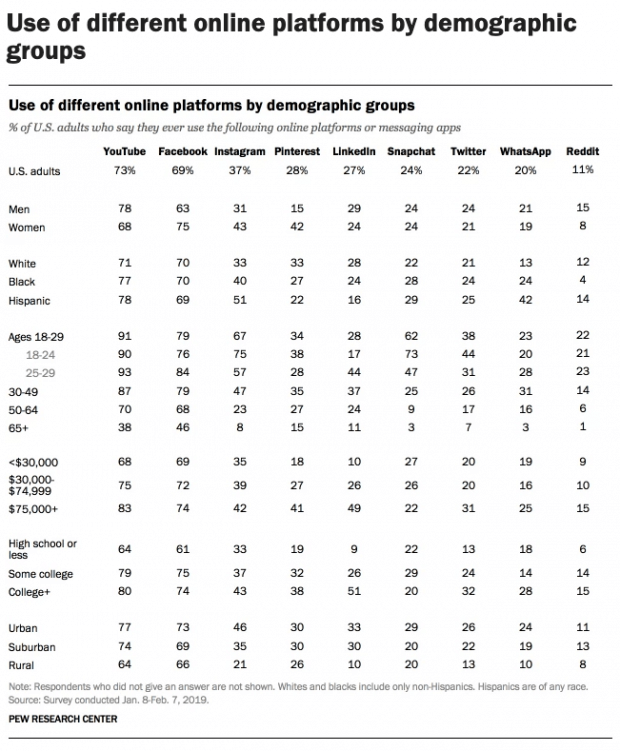


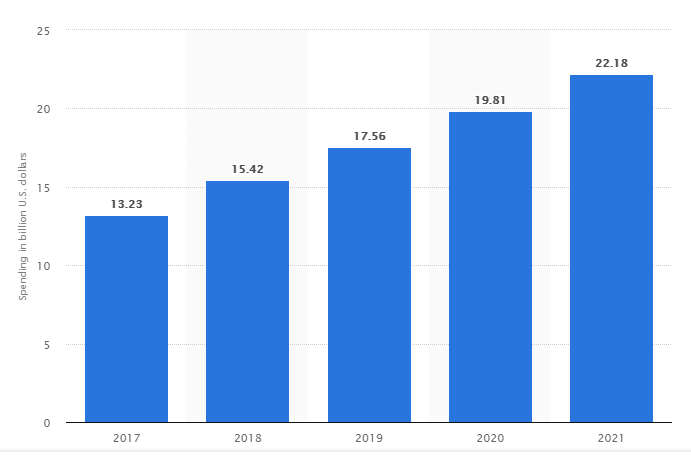
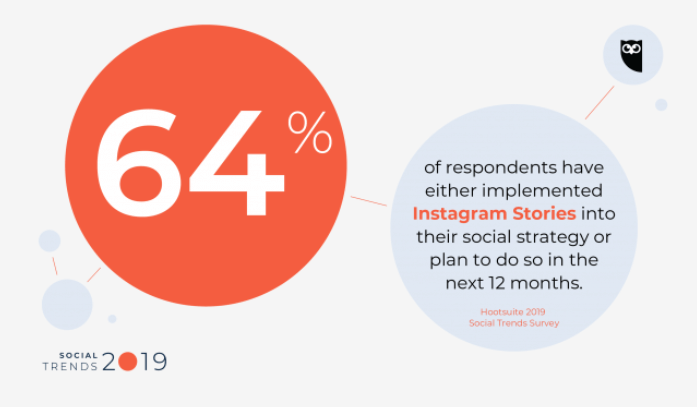
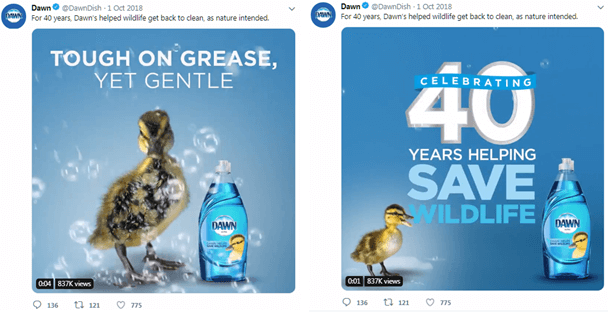

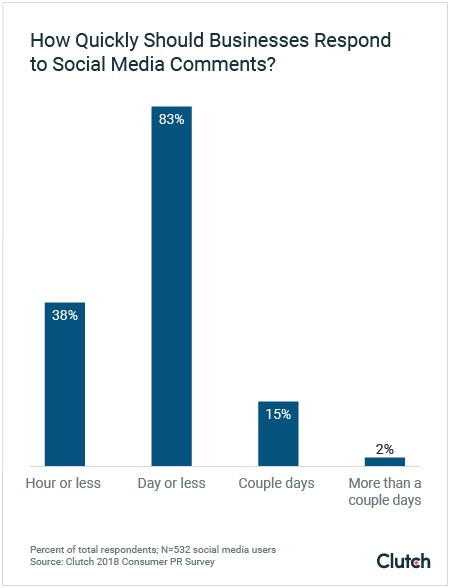



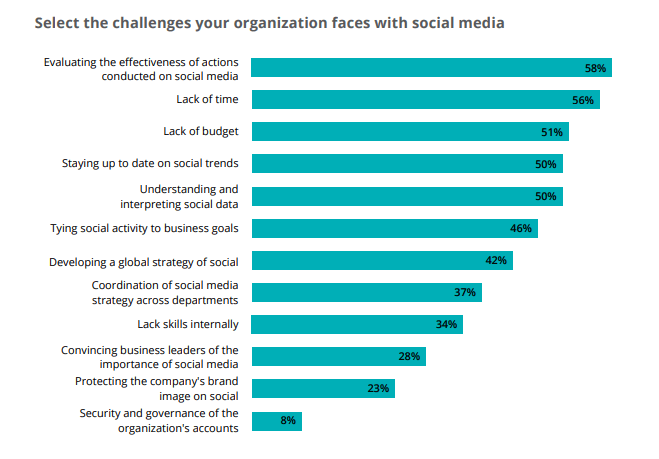
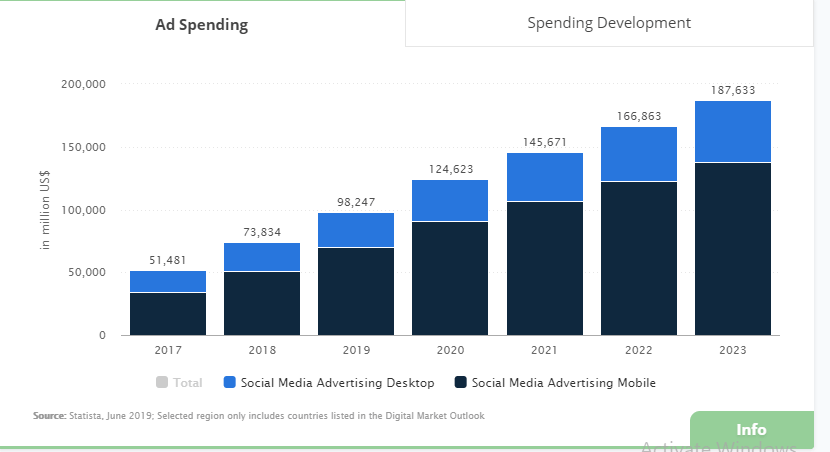
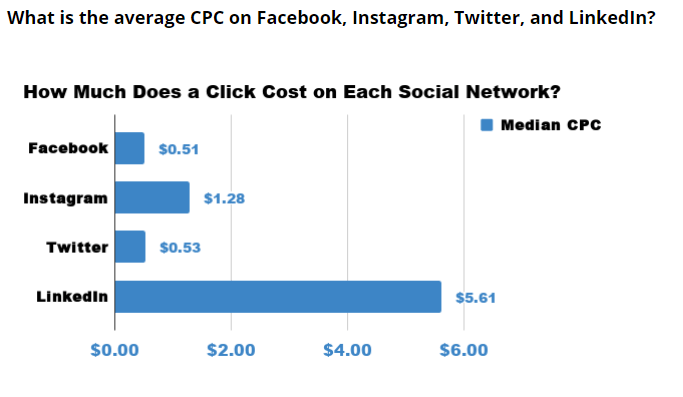
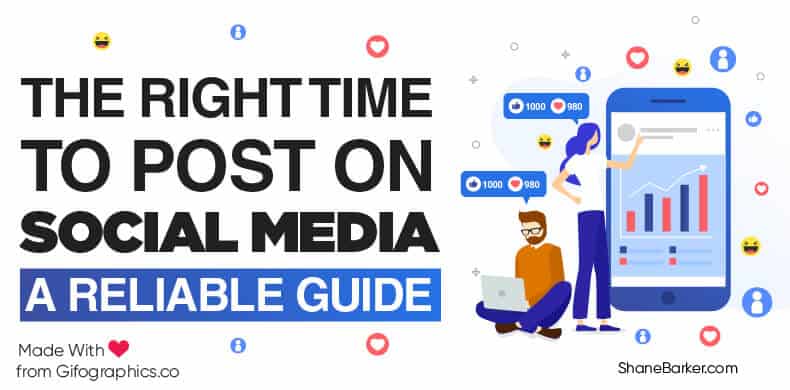
![7 best b2c marketing channels for social media in [year] 32 7 best channels for b2c social media marketing](https://shanebarker.com/wp-content/uploads/2020/05/7-Best-Channels-for-B2C-Social-Media-Marketing.jpg)
![how to grow social media organically: 19 tools you need to use in [year] 33 19 tools that can help increase your organic social media reach](https://shanebarker.com/wp-content/uploads/2020/05/19-Tools-That-Can-Help-Increase-Your-Organic-Social-Media-Reach.jpg)
![30 best social media marketing tools in [year] 34 best social media marketing tools](https://shanebarker.com/wp-content/uploads/2021/08/social-media-marketing-tools.jpg)
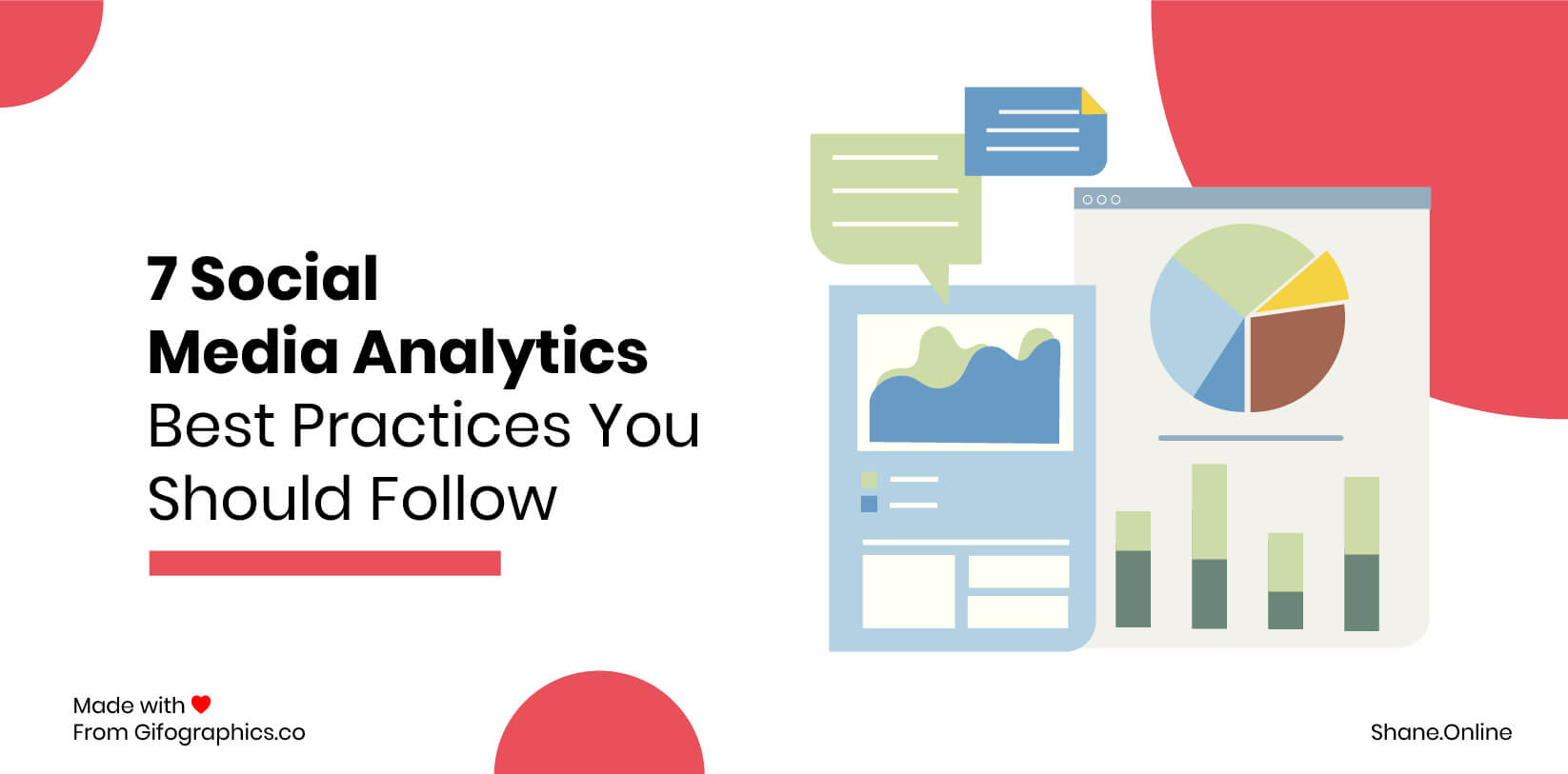
![19 best social media management tools for marketers in [year] 36 19 best social media management tools for marketers in 2021](https://shanebarker.com/wp-content/uploads/2020/04/19-Best-Social-Media-Management-Tools-for-Marketers.jpg)

Regards for helping out, superb information.
Hi Lazaro, the pleasure is all mine. I’m glad you liked my post about social media business.